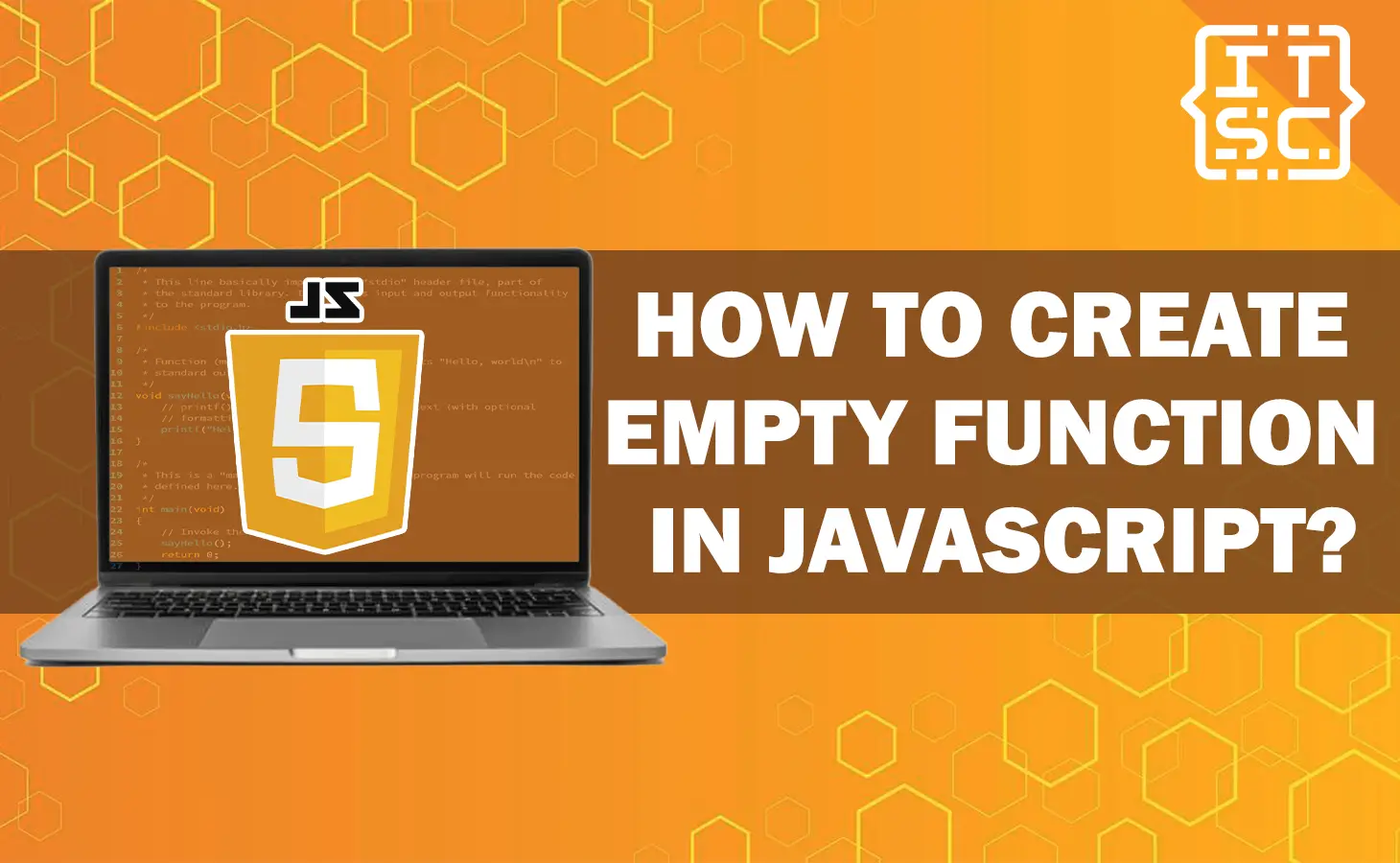In this article, we will delve into the secrets of how to create empty function in JavaScript with our detailed guide.
Improve your coding skills and effortlessly write professional-quality code.
Start mastering JavaScript and boost your career prospects today.
What is empty function in JavaScript?
An “empty” function in JavaScript refers to a function that doesn’t contain any statements or executable code within its function body.
These functions serve as convenient placeholders for future implementations or as default functions to handle cases where no action is required during a function call, thereby preventing potential errors.
What is the official name for an empty function?
It can be called a “noop” or “null function.”
A NOP or NOOP (short for No Operation) […] is a command that doesn’t do anything significant.
For example:
let noop = function(){}It’s like giving an instruction to do nothing at all.
How do you define an empty function?
The purpose of the empty() function is to assess whether a variable holds any content or is devoid of any data.
When the function is invoked, it will yield a boolean value.
Specifically, if the variable exists and contains non-empty data, the function will return false. Conversely, if the variable is empty, the function will return true.
Several values are recognized as empty within the context of this function:
✅0
✅""
✅NULL
✅FALSE
✅array()How to check if a value is an empty function in JavaScript?
To check if a function is empty, you can use the toString() method along with regular expressions (regexes).
By applying this approach, you can determine if a function doesn’t have any code inside.
For example:
function isEmptyFunction(func) {
return func.toString().replace(/\s/g, '').match(/\{.*\}/)[0] === '{}';
}
function foo(a, b, c) {}
console.log(isEmptyFunction(foo)); (true)✅
function bar(a, b, c) {
var d;
}
console.log(isEmptyFunction(bar)); (false)❌
This code introduces a function called isEmptyFunction that helps us determine if a given function is empty or not.
To do this, the code converts the function into a string representation and then removes any spaces or extra whitespace.
After that, it extracts the actual content or code of the function. If there is no content remaining, meaning the function is empty, it returns true.
Otherwise, if there is some code present, it returns false to indicate that the function is not empty.
Output:
true
falseIt’s important to note that there is no set rule on what a function’s toString() method should return.
This means that even if it currently works in browsers, future updates may change how it works and potentially break your code.
The isEmpty() function checks if a given value is undefined, null, or an empty string.
It takes a parameter called “value.” If the value is undefined, null, or an empty string, the function returns true.
📌The checks performed include evaluating if the value is undefined using value === undefined.
📌 Checking if the value is null using value === null.
📌 Verifying if the value is an empty string using value === ‘ ‘.
📌 return returns the result of these checks is then returned by the function.
Solutions on how to create empty function in JavaScript
Here are a few ways to create an empty function in JavaScript:
1. Use a function declaration
A function declaration is like a recipe that gives a name to a set of instructions. It starts with the word “function” and is followed by a name, a list of things it needs (enclosed in parentheses), and the actual instructions (enclosed in curly braces).
In this case, the function has an empty set of instructions, so when you use it, nothing happens.
It’s like having a recipe without any steps to follow.
function emptyFunction() {}2. Use a function expression
A function expression is like a hidden function that doesn’t have a name but is stored inside a variable.
In this case, we have an anonymous function, which means it doesn’t have a specific name, but it’s assigned to a variable called “emptyFunction.”
We can call this function using the variable name. Just like before, this function doesn’t have any instructions inside it, so when we use it, nothing happens.
It’s like having a hidden function that doesn’t do anything when you ask it to do something.
const emptyFunction = function() {};3. Use an arrow function
An arrow function is a compact way to create a function using the => symbol. In this case, the arrow function doesn’t take any inputs (shown by empty parentheses) and doesn’t have any instructions inside (shown by empty curly braces).
So, when you call this arrow function, it doesn’t do anything at all. It’s like having a function that’s there, but doesn’t actually do anything when you try to use it.
const emptyFunction = () => {};
Conclusion
In conclusion, this article explores how to create empty function in JavaScript. This article offers different techniques to create empty functions in JavaScript, such as function declarations, function expressions, and arrow functions.
Each method provides a concise way to define functions without any instructions, allowing you to harness their potential in various programming scenarios.
Mastering the art of creating empty functions in JavaScript can greatly benefit your coding skills and professional development.
We are hoping that this article provides you with enough information that helps you understand how to create empty function in JavaScript.
You can also check out the following article:
- JavaScript expected
- How to add JavaScript to Squarespace?
- Conditionally add property to object in JavaScript
Thank you for reading itsourcecoders 😊.

